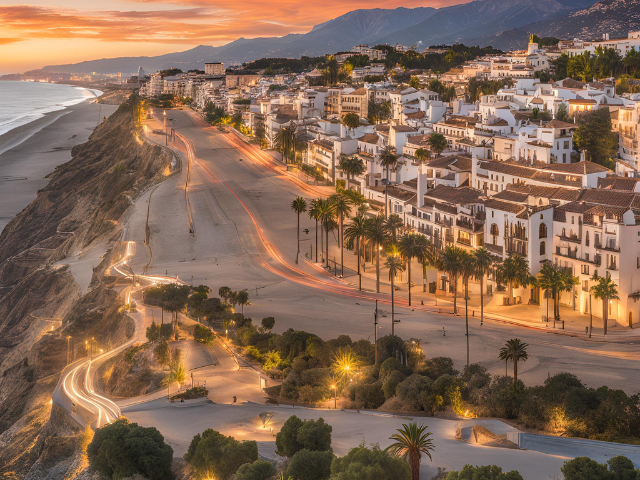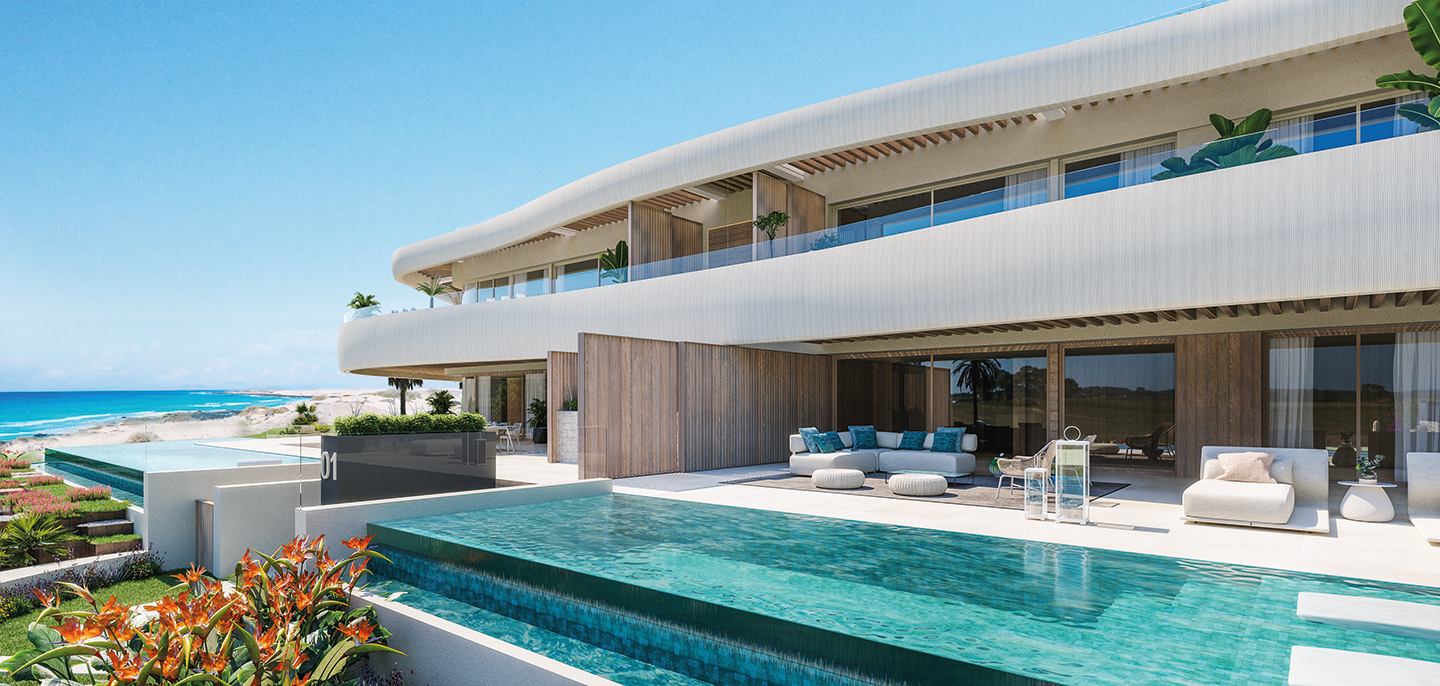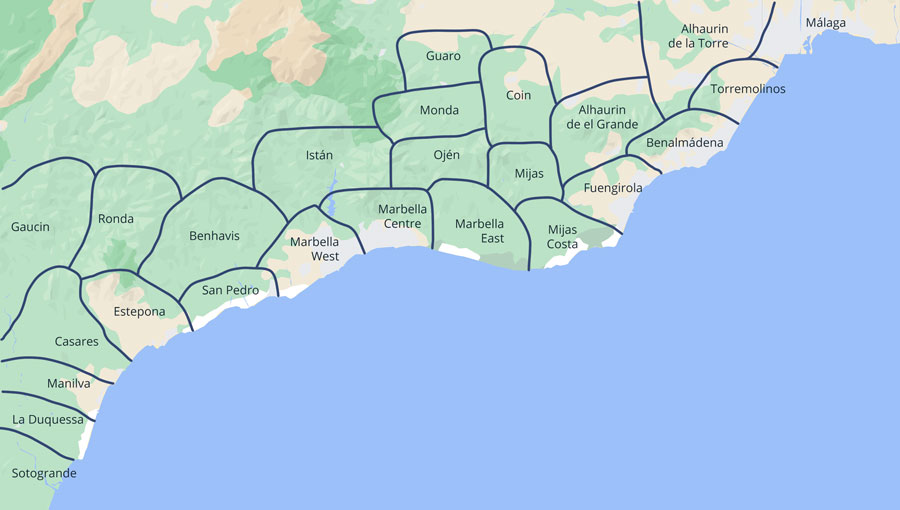Formation of the Costa Del Sol

The Costa del Sol, one of Spain’s most famous tourist destinations, wasn’t always the bustling coastline it is today. Its transformation into the "Sun Coast" began relatively recently in historical terms, shaped by both natural processes and human development.
Geological Formation
The physical landscape of the Costa del Sol was shaped over millions of years through complex geological processes. The region's coastline was formed by the interaction of tectonic activity, erosion, and sedimentation. The Iberian Peninsula, including the area now known as the Costa del Sol, was shaped by the collision of the African and Eurasian tectonic plates, which created the mountain ranges that run parallel to the coast, such as the Sierra Blanca and Sierra de Mijas. Over time, the erosion of these mountains and the deposition of sediments contributed to the formation of the coastal plains and beaches.
Historical Development
Although the region was inhabited for thousands of years, with evidence of Phoenician, Roman, and Moorish settlements, the Costa del Sol as a defined tourist destination did not take shape until the mid-20th century. Before this, the area was primarily known for its fishing villages, agriculture, and trade.
The concept of the Costa del Sol as a tourist destination began in the 1950s and 1960s. This era marked the start of significant development, driven by the post-war economic boom in Europe. With the rise of mass tourism, particularly from Northern Europe, the region began to transform rapidly. Resorts, hotels, and infrastructure were built to accommodate the influx of visitors seeking sun, sea, and relaxation. The term "Costa del Sol" itself was coined during this period, reflecting the area's abundant sunshine and appealing climate.
By the 1970s, the Costa del Sol had become a premier international tourist destination, known for its beaches, golf courses, and vibrant nightlife. Cities like Marbella, Torremolinos, and Fuengirola experienced explosive growth, evolving from small towns into major tourist hubs.
Today, the Costa del Sol continues to attract millions of tourists each year, offering a blend of natural beauty, historical sites, and modern amenities. Its formation as a tourist hotspot is a testament to the region’s adaptability and enduring appeal.
CONTACT DETAILS:






 We are proud to announce that The Spanish Estate Agent has been awarded Best Luxury Boutique Real Estate Broker 2025. This prestigious recognition reflects our unwavering commitment to excellence, personalized service, and exceptional results in the luxury property market.
We are proud to announce that The Spanish Estate Agent has been awarded Best Luxury Boutique Real Estate Broker 2025. This prestigious recognition reflects our unwavering commitment to excellence, personalized service, and exceptional results in the luxury property market.